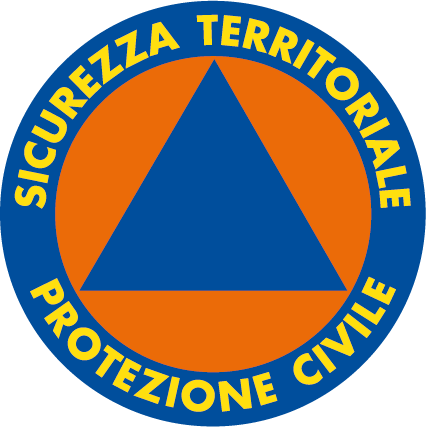Thunderstorms are intense phenomena that also develop suddenly and therefore one must be very cautious.
It is important to find out through official channels about weather forecasts and possible warnings in the area.
Remember: if you see lightning, the thunderstorm may still be far away. But if you hear thunder, the thunderstorm is near you, take cover!
Tornadoes
Tornadoes usually form from large thunderstorms known as supercells, but they can also develop from other types of storms, such as tropical cyclones. When a thunderstorm is fueled by large amounts of warm, moist air, it continues to grow and may begin to rotate. If this rotation starts to descend from the cloud, a tornado is starting to form — at this stage, it is called a funnel cloud. When the funnel touches the ground, it officially becomes a tornado.
Tornadoes are also known by other names, such as whirlwind, twister, or landspout. When they occur over bodies of water like lakes or the sea, they are called waterspouts.
What to do:
- Stay away from windows and glass panes.
- Do not take refuge in the attic, as the roof may be torn off by the wind.
- Stay on the lowest floor of the building.
- Turn off electricity and gas to prevent short circuits or gas leaks caused by wind damage.
- Do not shelter behind exterior walls or roadside barriers, as they may collapse under strong winds.
- Abandon cars or caravans, which can be lifted or overturned by the wind.
- If no safe shelter is available, lie flat on your back in a low-lying area or depression in the ground.


